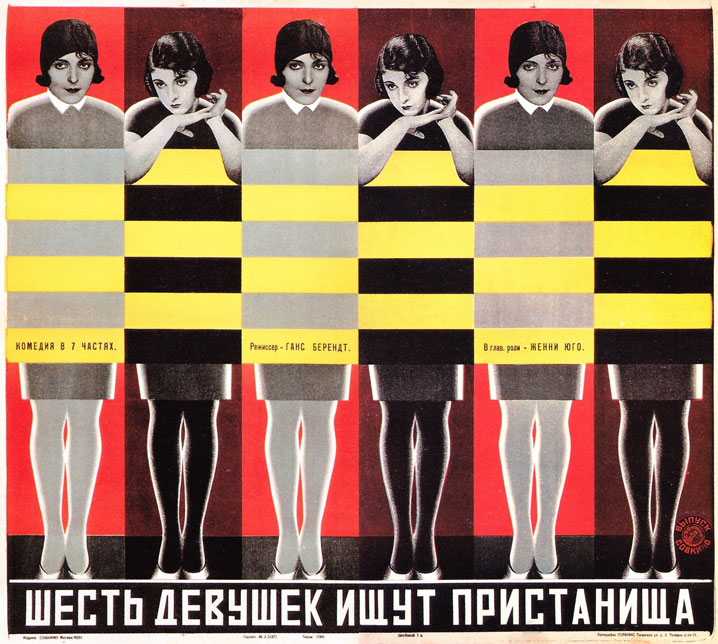
Why web design is functional
by Nikita Gorshkov on Sep 19th, 2013 at 2:59 pm
A small exploration into the definition of a function and its impact on website design and why functionalism is the way to go from a fundamental perspective; including additional insight on why web design cannot be considered art.
Functionalism is a aesthetical direction which epitomises the paradigm I was talking about before – “Form follows function”. In my previous article I tried to tear apart the overall message of an article on Smashing which critisized the concept by altering some definitions of a function. Of course, one can say that that’s a cheat. In reality that is exactly the opposite of what I did. I took the most basic and fundamental definition of a function and started from there:
A function is a relation between a set of inputs and a set of permissible outputs with the property that each input is related to exactly one output (Wikipedia)
Therefore, stemming from that definition, we come to a broader understanding of a function, which is applicable to any form of human activity, including web design. The definition allows us to clearly see and state that any concrete requirement set before a website is the x of the function with the representational elements the website design are the f(x), where f is web design.
Therefore we are required to consider all the requirements that were put in front of the website, all the goals and objectives, as well as the economical and political considerations that led to its creation. All of these requirements and considerations are the functions of the website, or rather, define the manifestations in the media of websites the design elements of the website.
At the same time a counter-argument can be made by some, that web design is art. I cannot agree with this argument, since, in reality it does not correspond with the definition of art:
Art is a selective re-creation of reality according to an artist’s metaphysical value-judgments. Man’s profound need of art lies in the fact that his cognitive faculty is conceptual, i.e., that he acquires knowledge by means of abstractions, and needs the power to bring his widest metaphysical abstractions into his immediate, perceptual awareness. Art fulfills this need: by means of a selective re-creation, it concretizes man’s fundamental view of himself and of existence. It tells man, in effect, which aspects of his experience are to be regarded as essential, significant, important. In this sense, art teaches man how to use his consciousness. It conditions or stylizes man’s consciousness by conveying to him a certain way of looking at existence. (The Romantic Manifesto, p.45, Art and Cognition, Ayn Rand).
A website’s existence is not defined by the need of looking at existence in a particular way, it is defined by objective considerations of an economic character. The creation of a website is not providing the users with your particular metaphysical ideas, but rather, it is a way of conveying information as it’s principal purpose. The creation of a website is a collective name for a number of crafts, which are purely functional.
Will anybody argue that UI development is not purely functional-driven? Or coding? Server setup? Optimisation? SEO? All this impacts (or should impact and be taken into consideration) the website design in itself. Website design adds esthetic considerations to this whole set of different crafts into a singular product, by that definition it is functional. Apart from the named set of crafts, such crafts as marketing, budget planning, business development and management are also to be included as considerations for the creation of a website design.
Now it is possible for us to provide a clear definition of website design:
Website design is a set of activities aimed at providing a product through the use of a number of crafts defining the website functions and goals, which are then manifested through the medium that is a computer network.
Based on this any website you start to work on, you should start by defining each and every stake in the project that exist. And, through them, start the development of your website. The set of considerations, or rather functions as show here and in the previous article is much more extensive than one might think. I would list (some of them and this list is not exhaustive):
- Political
- Administrative
- Budgetary
- Marketing
- Which, in turn, define the following:
- Aesthetic (CD/CI)
- Interface-driven
- Content-driven
- Technical
- Legacy
- Internal
Through going through this checklist and adding the considerations that you find important and impacting the website, you will be able to, eventually create websites that are not only aesthetically pleasing, but also usable and useful for users, clients and for you, eventually.

